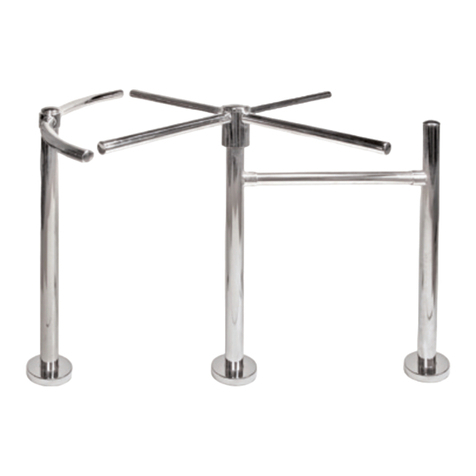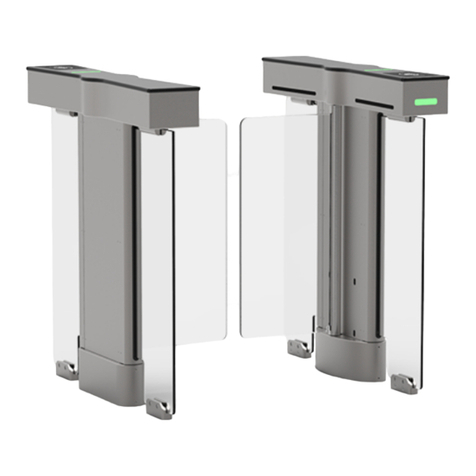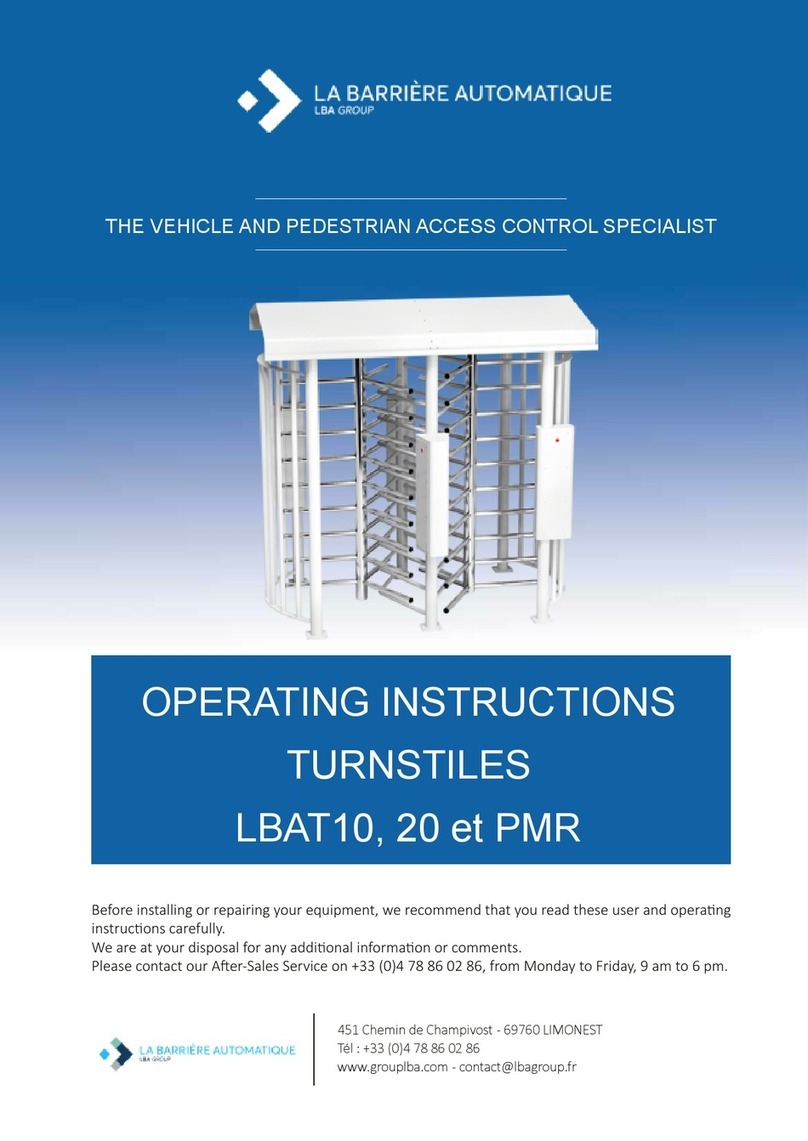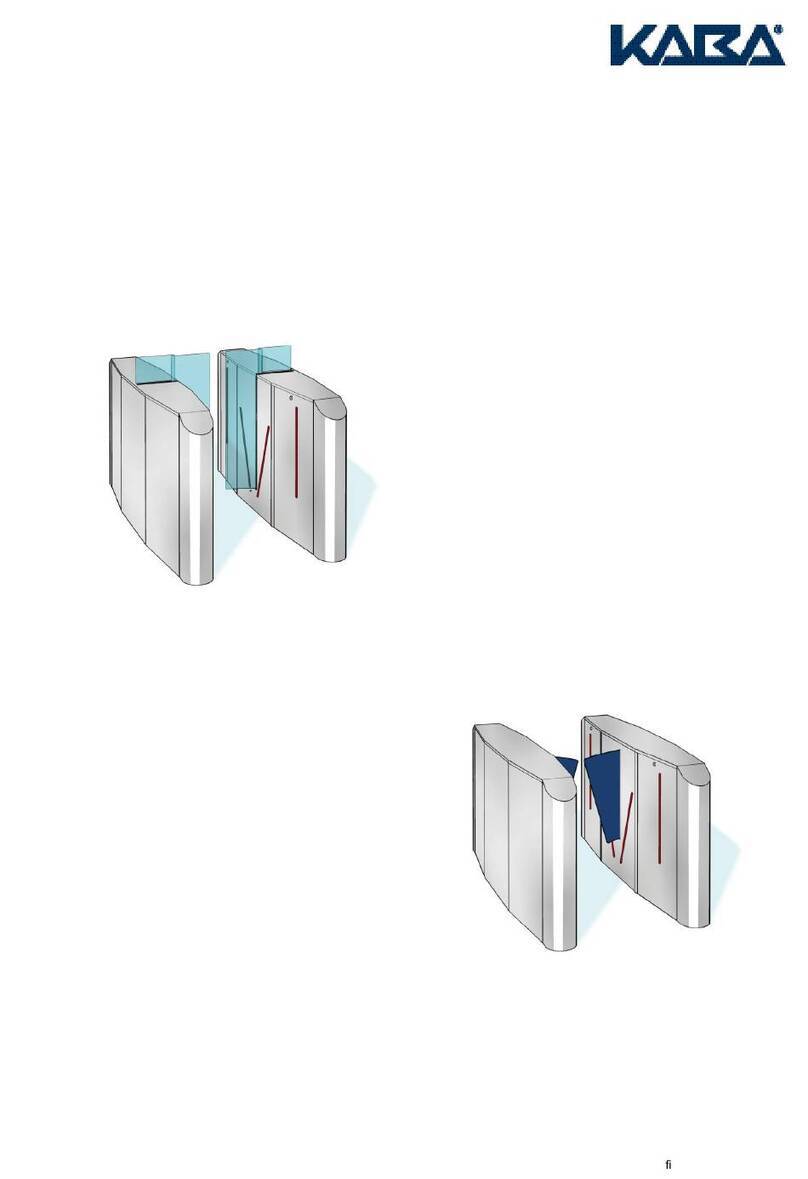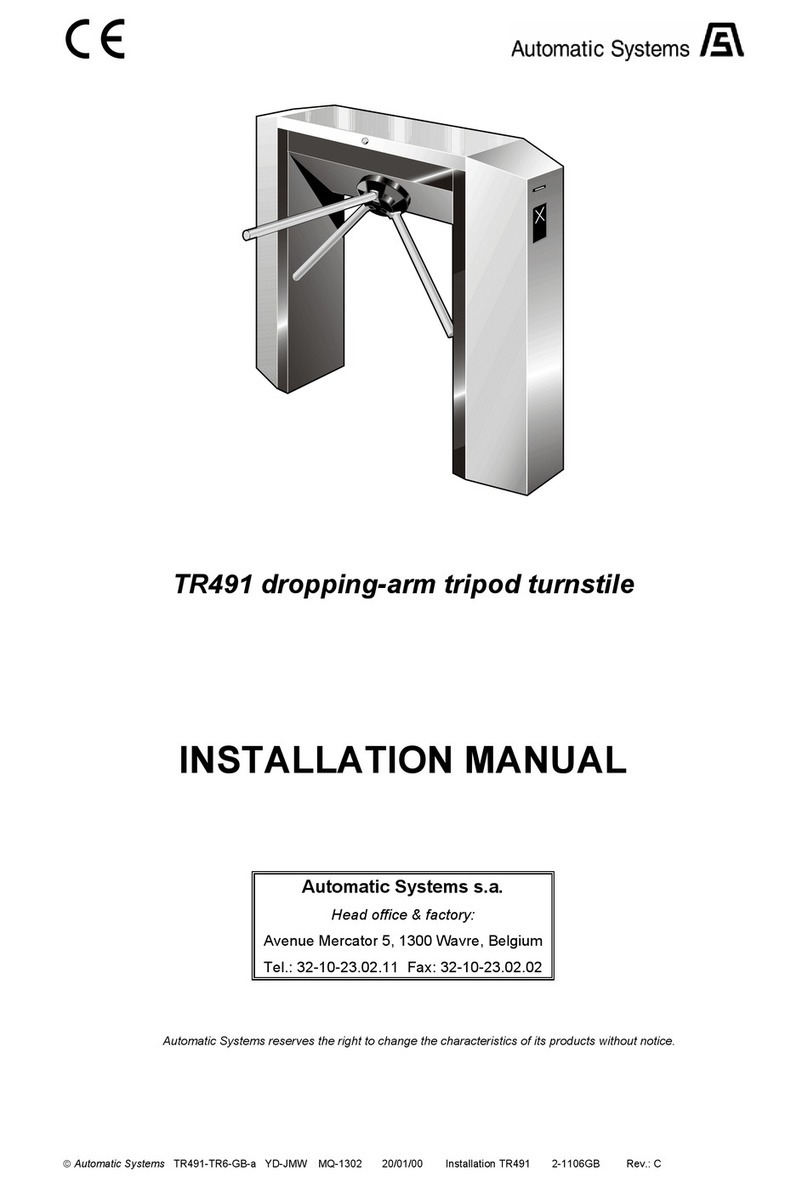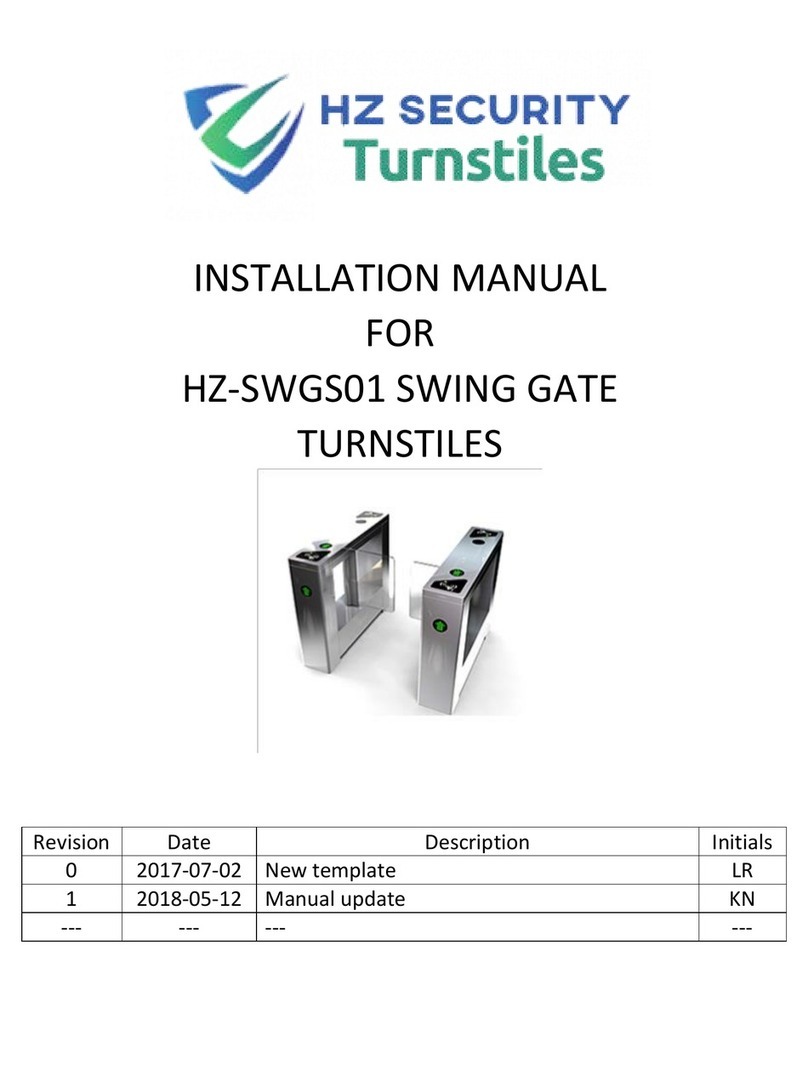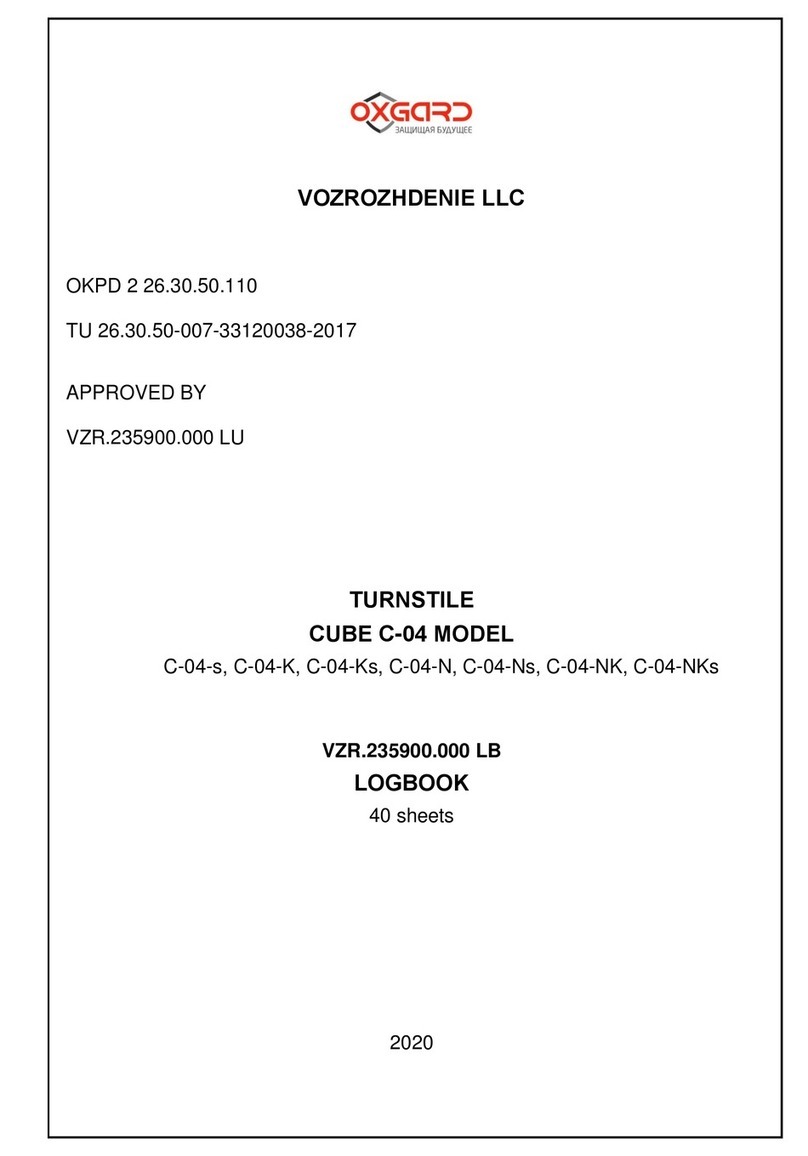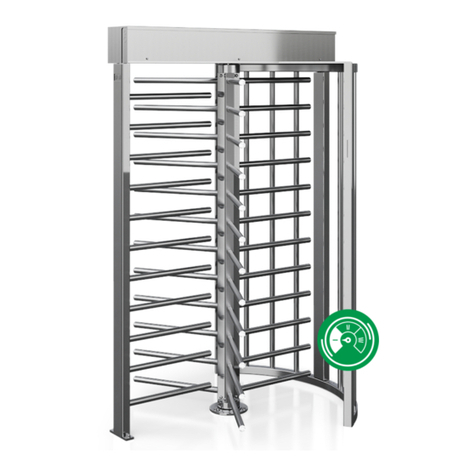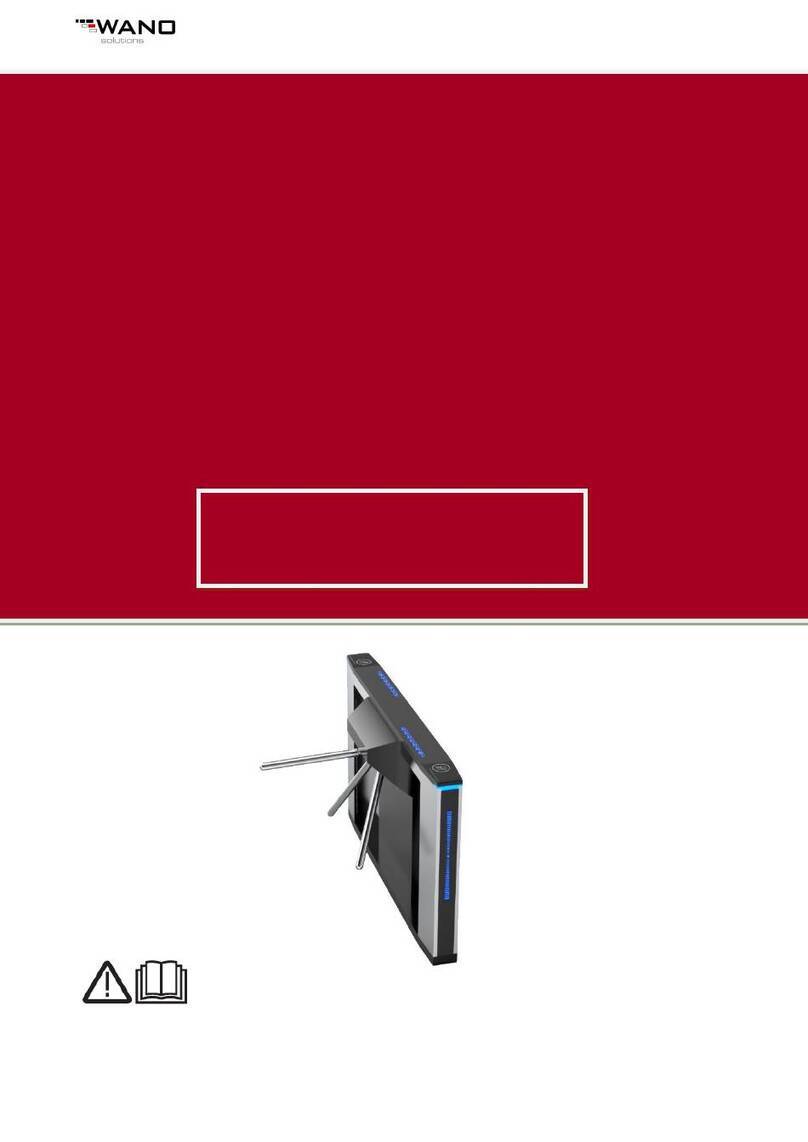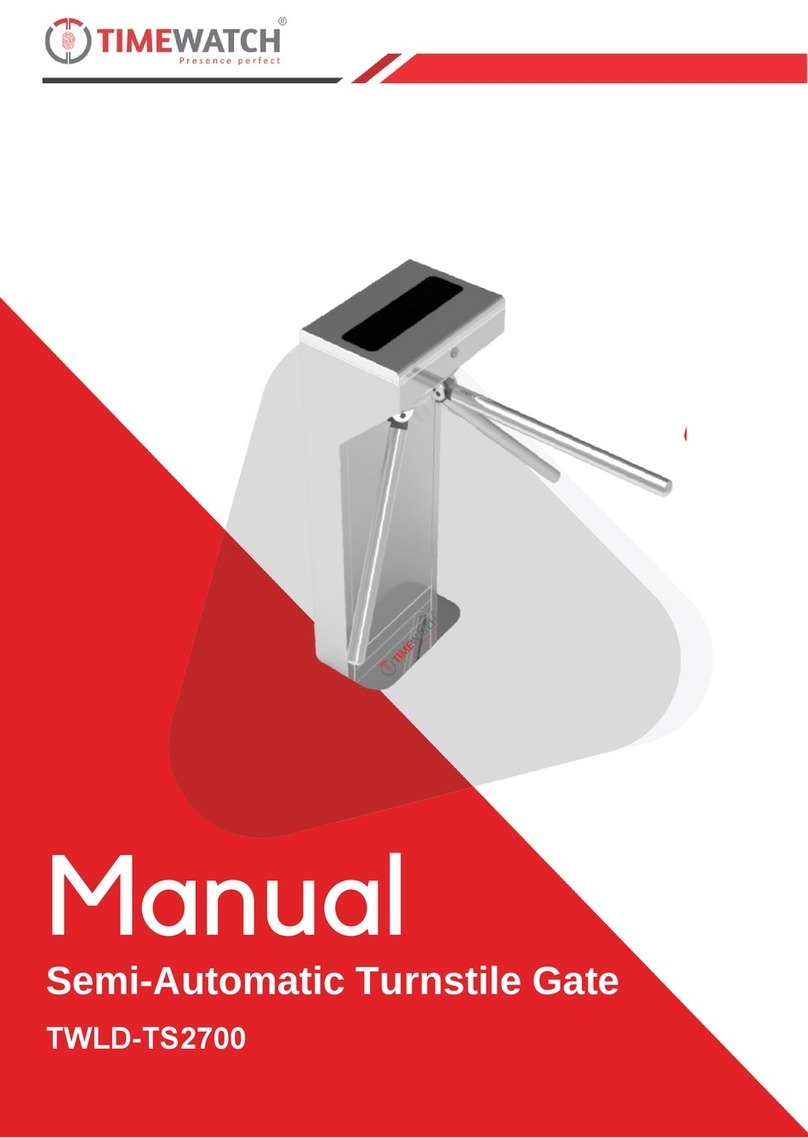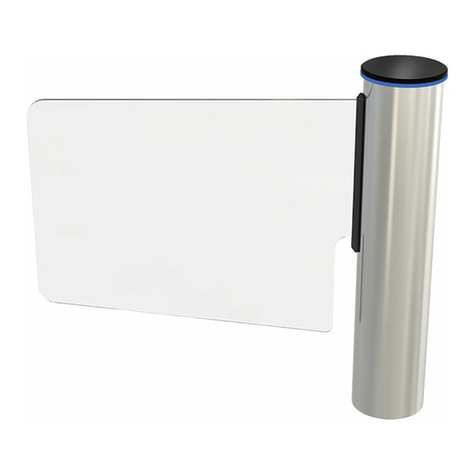Alvarado SLT Instructions for use
Other Alvarado Turnstile manuals
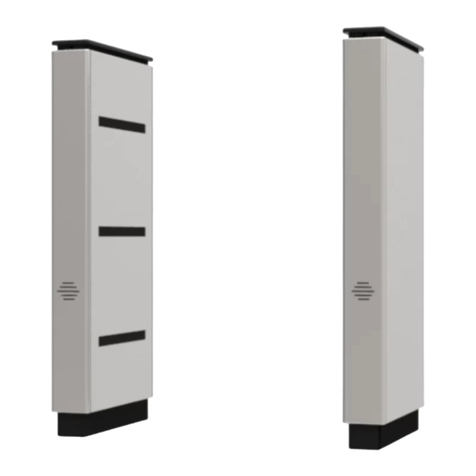
Alvarado
Alvarado Supervisor 2000 User manual

Alvarado
Alvarado Supervisor 500 User manual
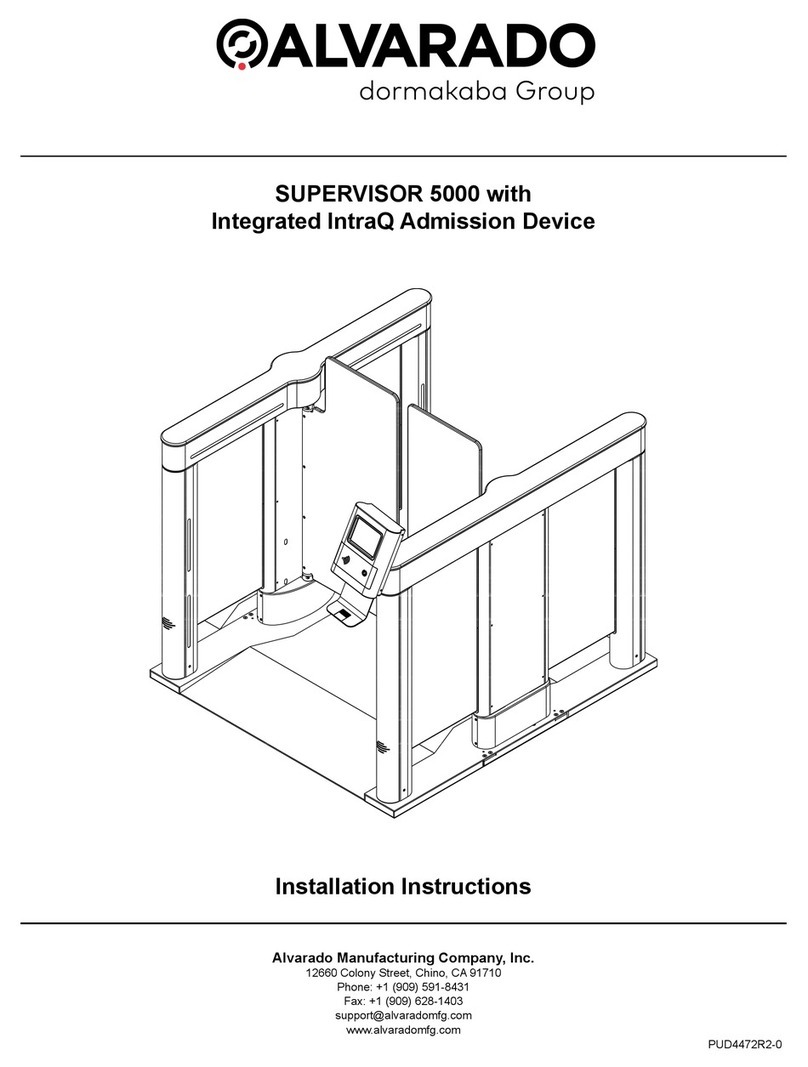
Alvarado
Alvarado SUPERVISOR 5000 User manual
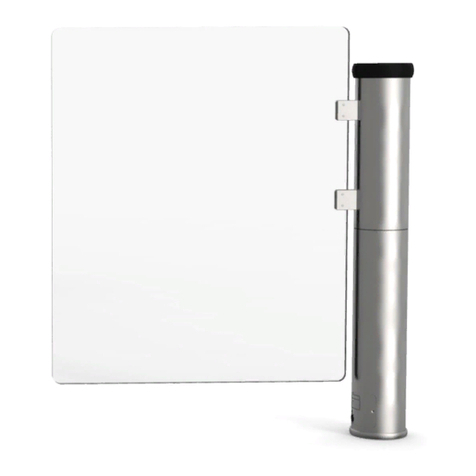
Alvarado
Alvarado SW1000 Owner's manual

Alvarado
Alvarado EDM User manual
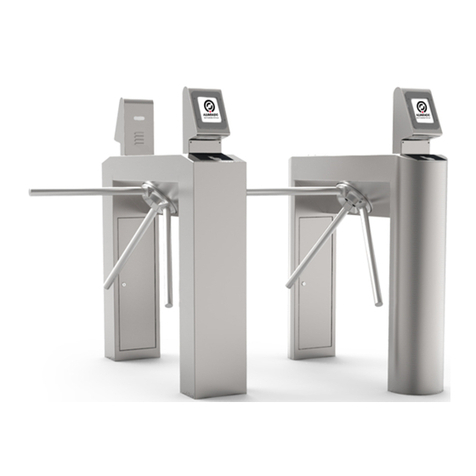
Alvarado
Alvarado TAS12-EDM User manual

Alvarado
Alvarado UltraQ User manual
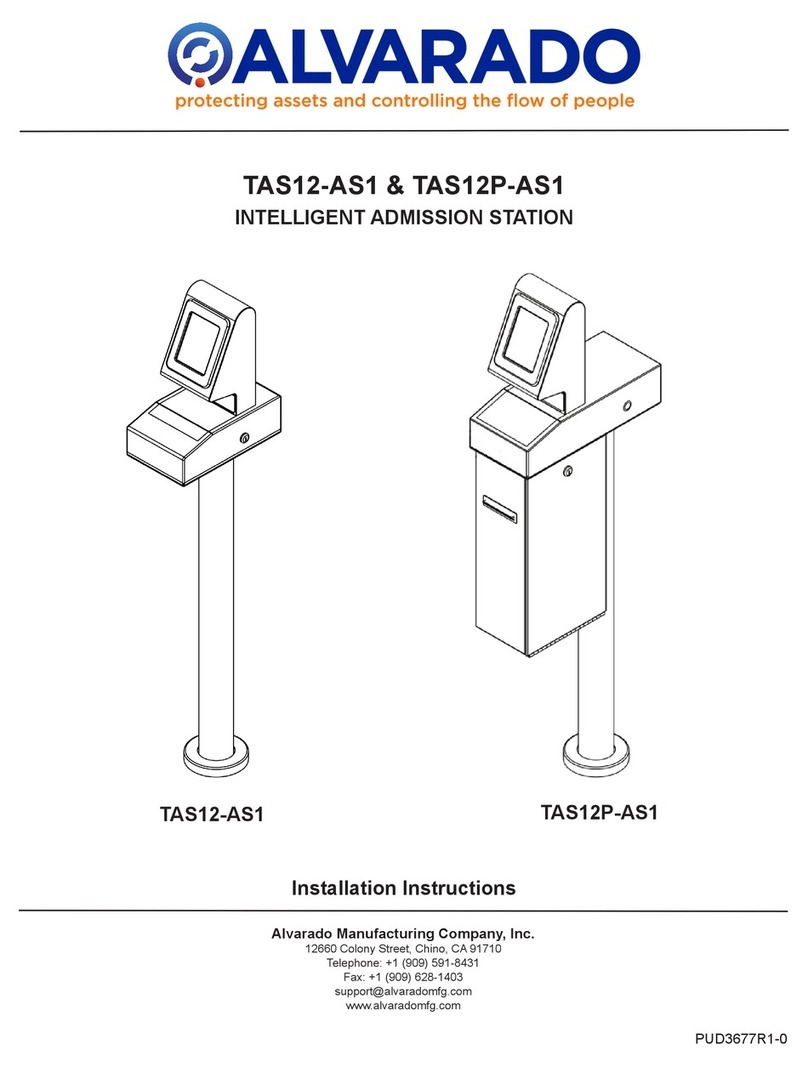
Alvarado
Alvarado TAS12-AS1 User manual
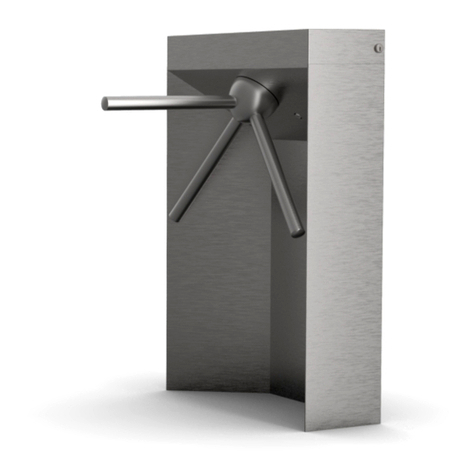
Alvarado
Alvarado EDC User manual
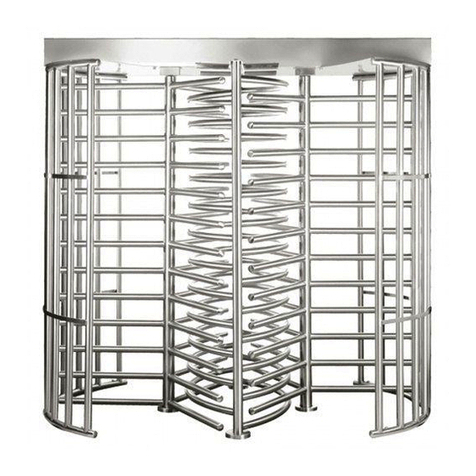
Alvarado
Alvarado MSTT-3 Service manual
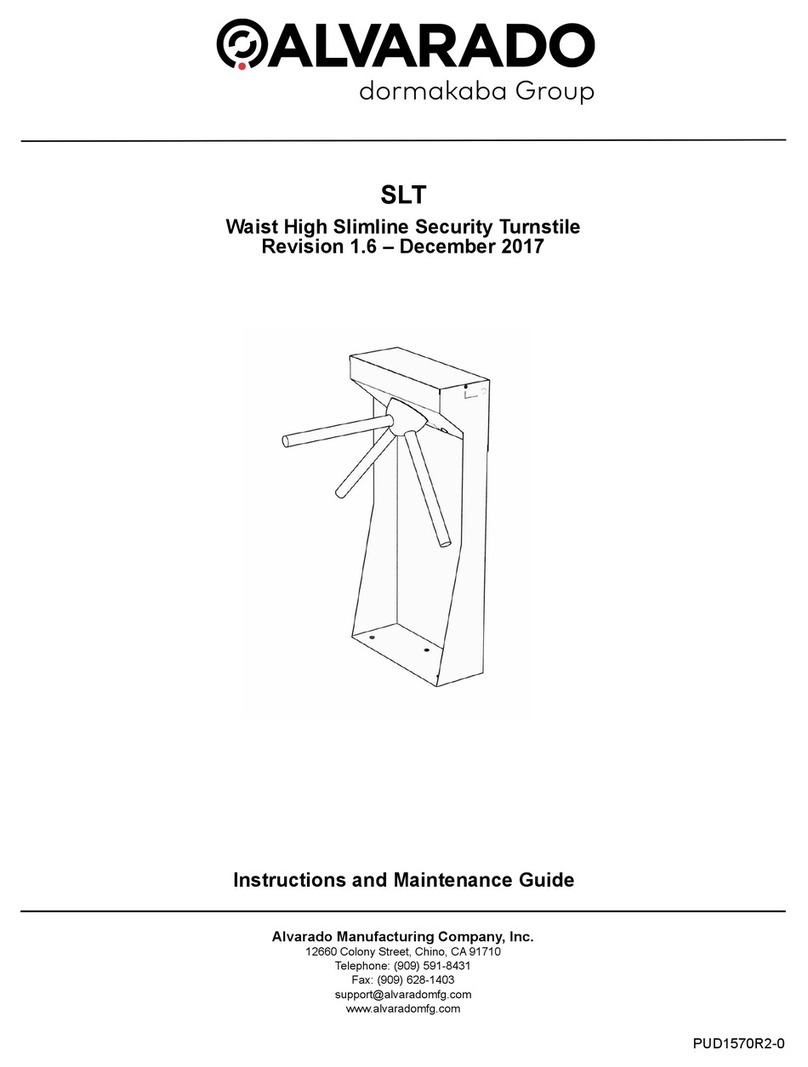
Alvarado
Alvarado SLT Instructions for use
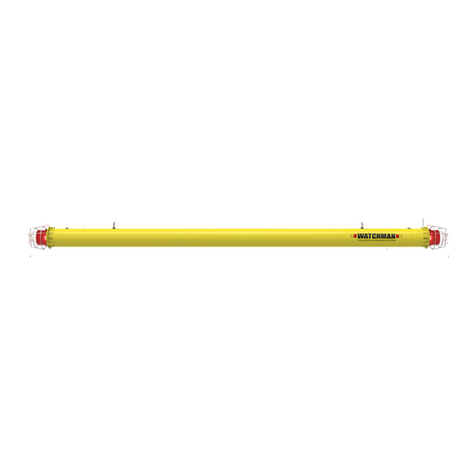
Alvarado
Alvarado WATCHMAN User manual

Alvarado
Alvarado UltraQ User manual
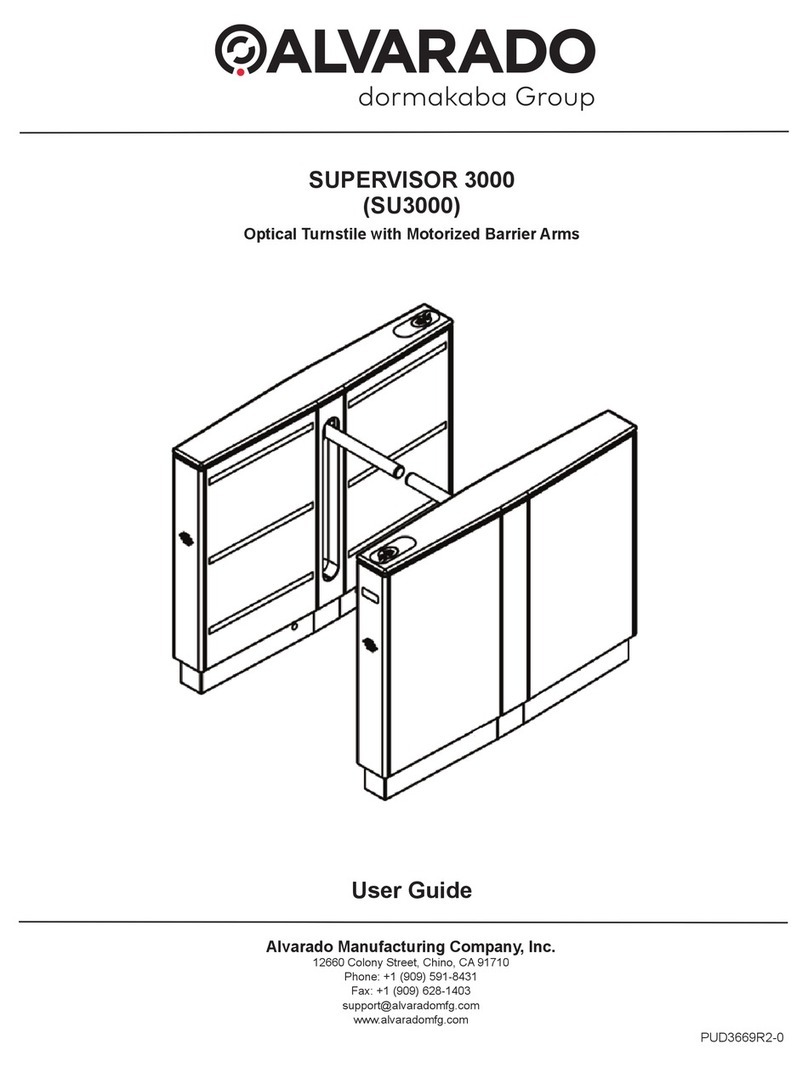
Alvarado
Alvarado SUPERVISOR 3000 User manual

Alvarado
Alvarado SU5000 User manual
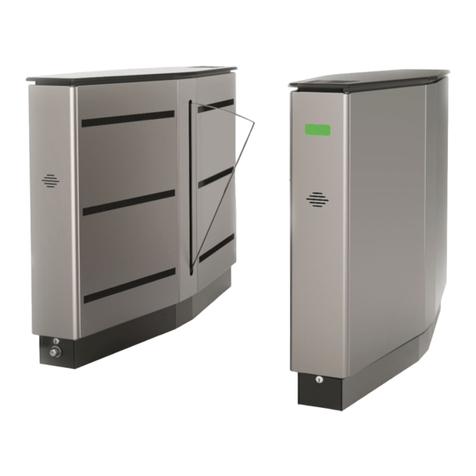
Alvarado
Alvarado Supervisor 3500 User manual

Alvarado
Alvarado UltraQ User manual
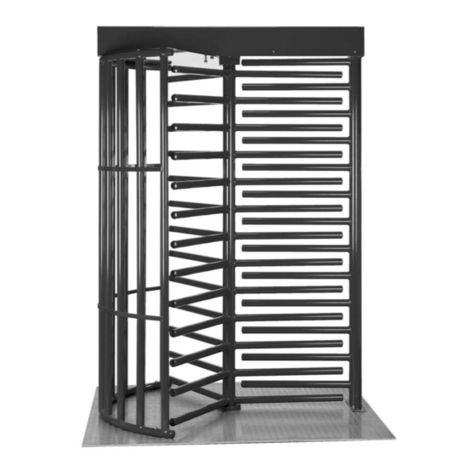
Alvarado
Alvarado MST Instructions for use
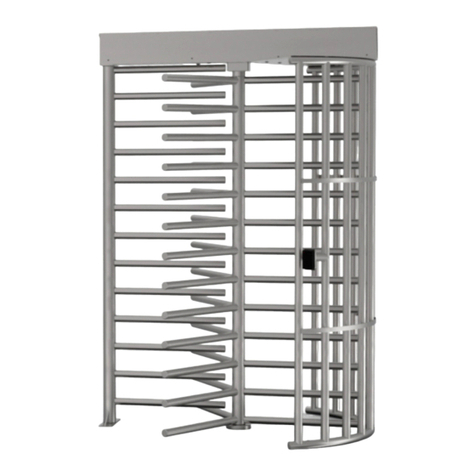
Alvarado
Alvarado MST-3 User manual

Alvarado
Alvarado UltraQ-AMT User manual
Popular Turnstile manuals by other brands
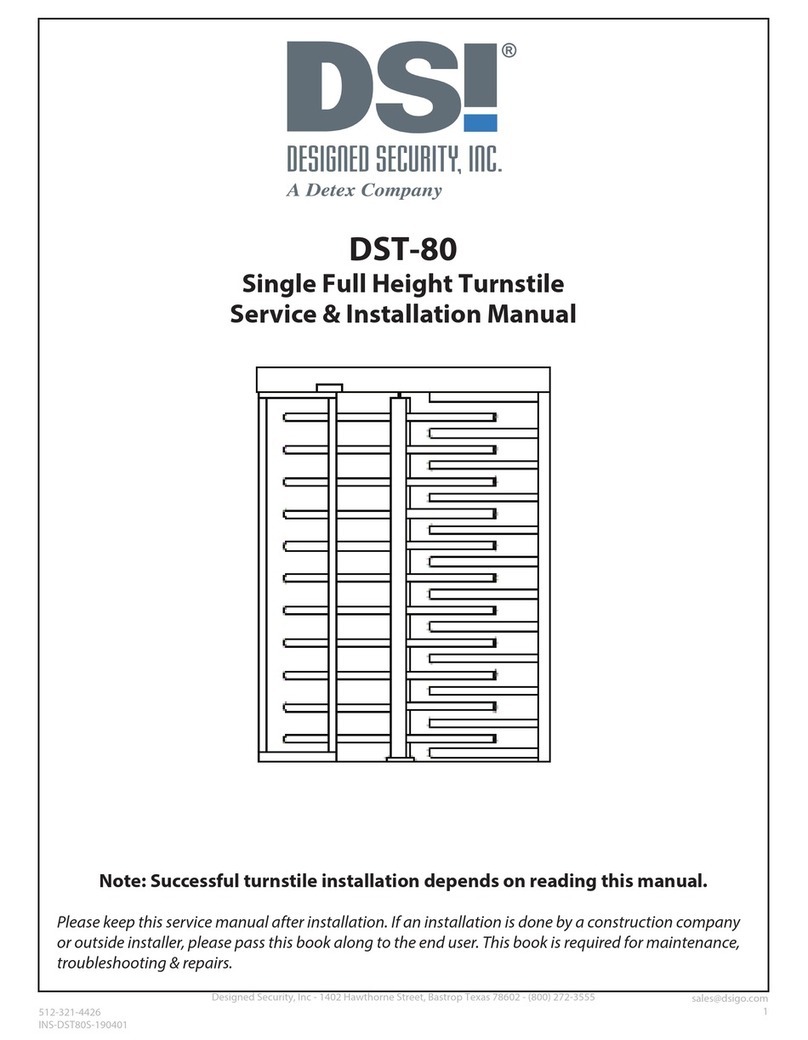
DSI
DSI DST-80 Service & installation manual

OZAK
OZAK VP-125 Assembly, Installation and Maintenance Handbook
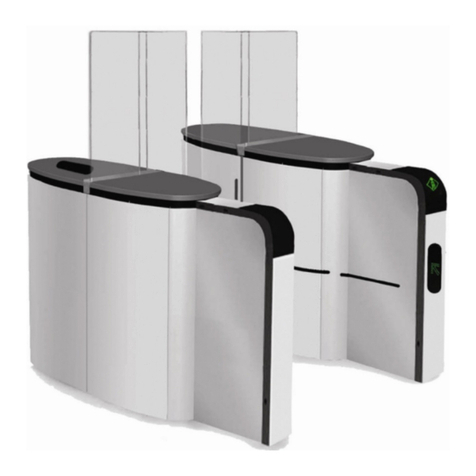
Automatic Systems
Automatic Systems SMARTLANE SL 90X Technical manual
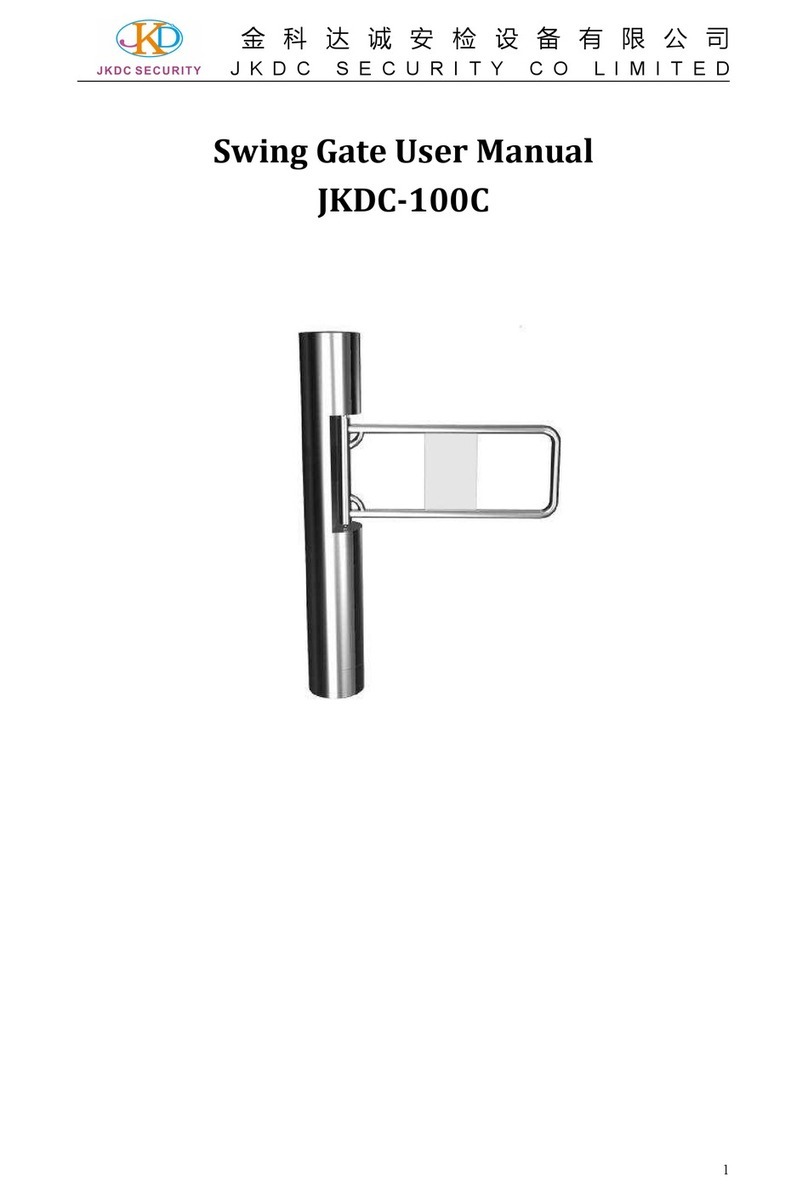
JKDC SECURITY
JKDC SECURITY JKDC-100C user manual
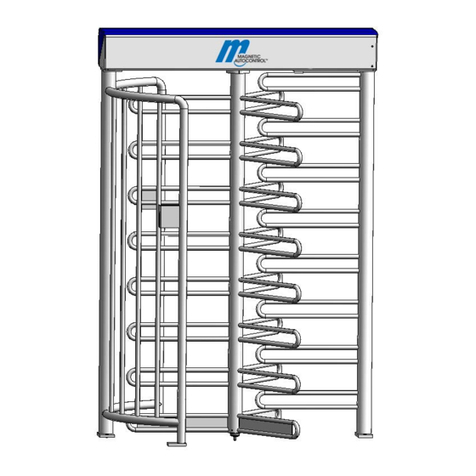
Magnetic Autocontrol
Magnetic Autocontrol MPT 33 operating instructions
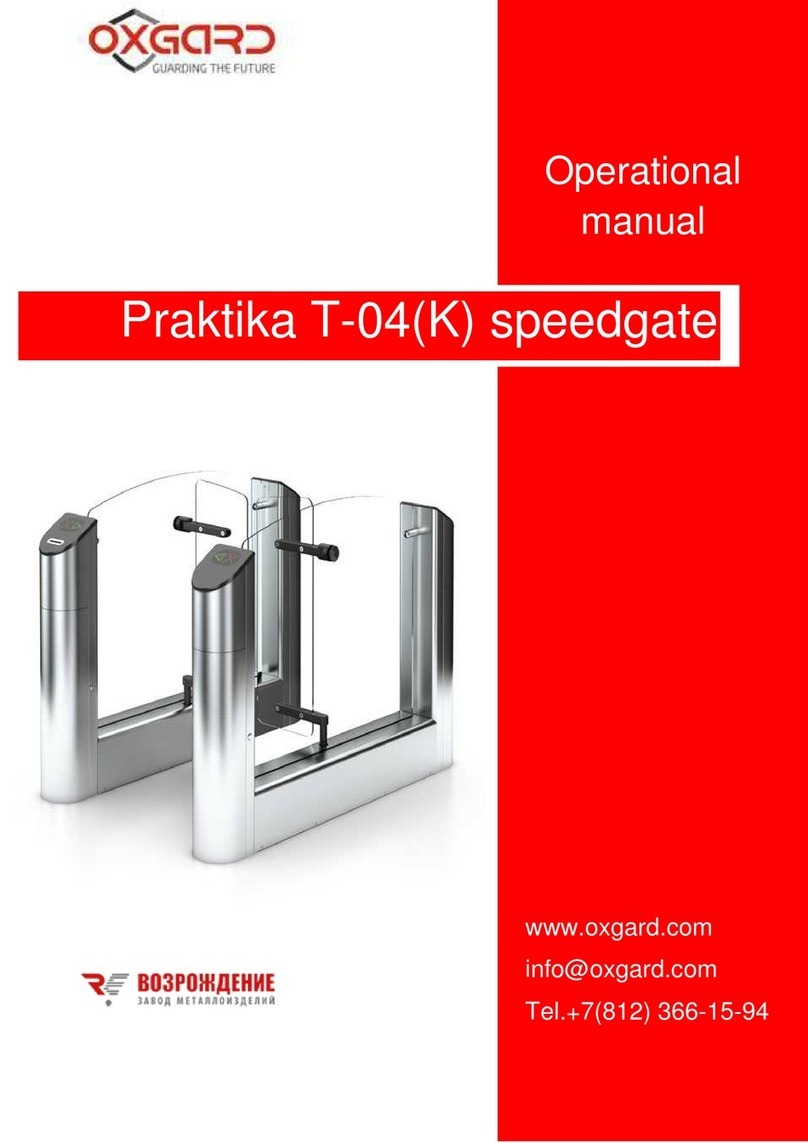
Oxgard
Oxgard Praktika T-04K Operational manual
